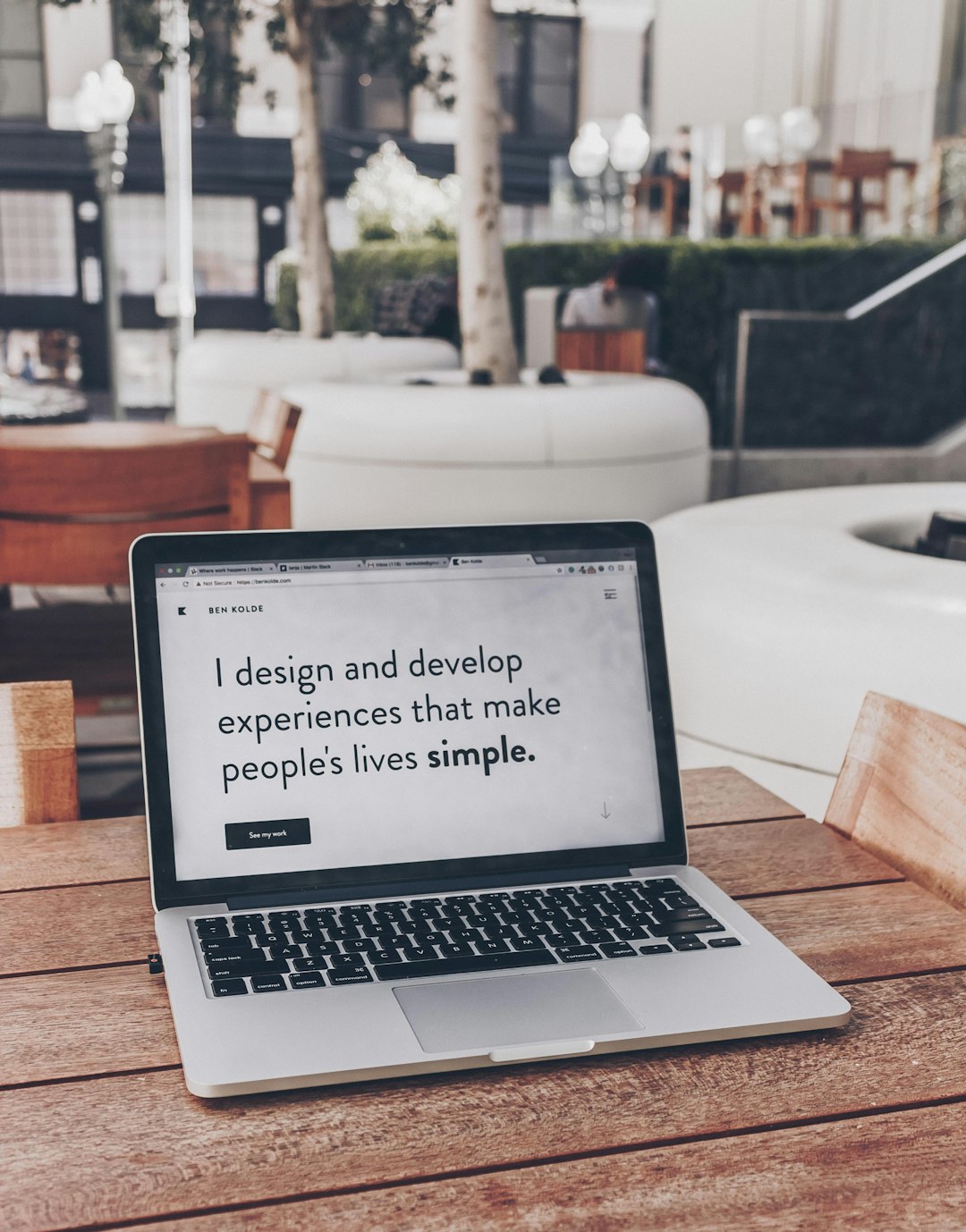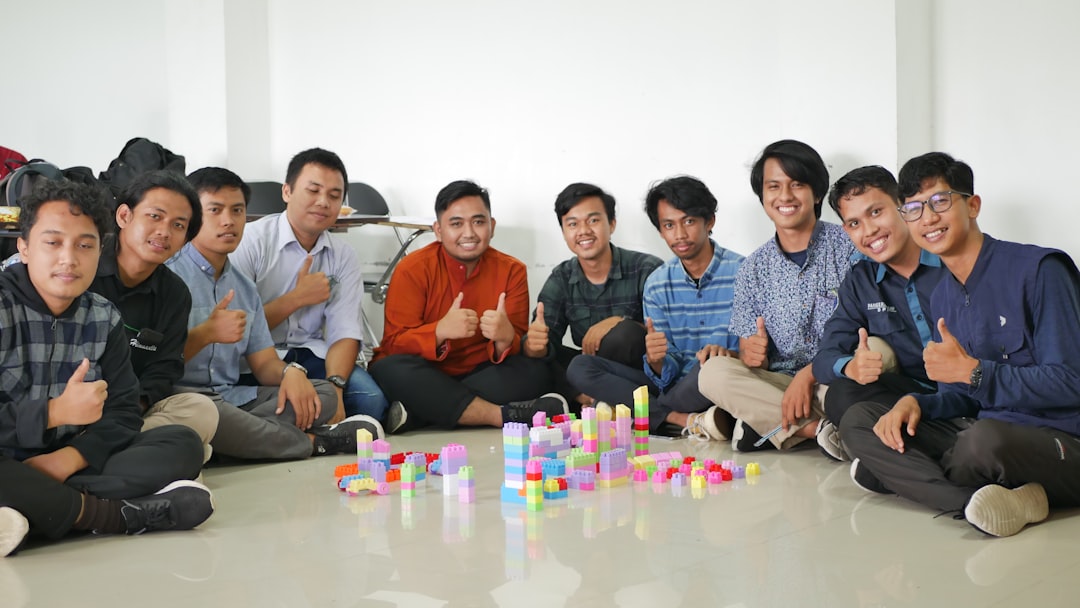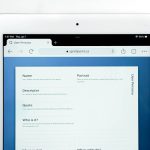Page experience has become one of the most vital aspects of search engine optimization (SEO) and user engagement. As websites grow richer in content and functionality, ensuring that they remain fast, stable, and responsive becomes paramount not only for better search rankings but also for user retention and satisfaction. Google’s introduction of Core Web Vitals—INP (Interaction to Next Paint), LCP (Largest Contentful Paint), and CLS (Cumulative Layout Shift)—provides web developers and digital marketers a way to measure and enhance this experience effectively.
Understanding the Three Pillars of Page Experience
To create seamless user experiences, we must first understand what each of these Core Web Vitals measures:
1. INP (Interaction to Next Paint)
INP is a relatively new addition to the Core Web Vitals. It gauges the responsiveness of a page by measuring the latency of interactions such as clicking buttons, typing in input fields, or selecting elements. Unlike previous metrics that measured a single point like First Input Delay (FID), INP looks at the full interaction lifecycle—from the user’s input to the next frame being painted. It provides a more holistic picture of interactivity across your site’s usage.
An INP below 200 milliseconds is considered excellent, between 200 and 500 milliseconds needs improvement, and above 500 milliseconds is poor.
This metric is especially important for e-commerce platforms, web apps, and services that demand high interaction. A poor INP can create friction, leading to user frustration and abandonment.
2. LCP (Largest Contentful Paint)
LCP measures the load performance of a web page. Specifically, it’s the time it takes for the largest visible content element—often an image or a block of text—to be rendered within the viewport. It gives an accurate reflection of when the main content of a page is visible and usable to the user.
A good LCP should occur within 2.5 seconds of when the page first starts loading. Delays often stem from slow server response times, render-blocking JavaScript and CSS, resource load times, or client-side rendering processes.
Improving LCP ensures that users get access to the core message or functionality of your site swiftly, which directly contributes to lower bounce rates.

3. CLS (Cumulative Layout Shift)
Have you ever clicked a link, only to have a layout shift at the last moment causing you to click the wrong item? That’s exactly what CLS aims to measure and eliminate. CLS looks at unexpected layout shifts that occur while the page is loading.
These shifts can be incredibly frustrating to users and may even lead to accidental clicks, resulting in a poor experience. CLS is calculated by measuring how much each visible element moves within the viewport and how far they move.
An ideal CLS score is less than 0.1. Scores above 0.25 are considered poor.
- Common culprits of high CLS include:
- Images without specified dimensions
- Ads and embeds without reserved spaces
- Web fonts causing FOIT/FOUC (Flash of Invisible or Unstyled Text)
- Dynamically injected content above existing content
Best Practices to Optimize for Core Web Vitals
Improving performance across INP, LCP, and CLS requires a combination of frontend optimization, server-side configuration, and continuous monitoring.
Optimizing INP
- Minimize the execution time of event callbacks
- Use requestIdleCallback and setTimeout responsibly
- Split long tasks or defer non-critical JavaScript
Enhancing LCP
- Use a Content Delivery Network (CDN) to serve content
- Prioritize critical CSS and defer non-essential scripts
- Preload the largest image or text block so it renders faster
- Compress images and use next-gen formats like WebP
Reducing CLS
- Always include width and height attributes on images and video elements
- Reserve space for dynamic content like ads and embeds
- Avoid inserting new content above existing content unless in response to a user interaction

Tools to Measure and Monitor Core Web Vitals
You can’t improve what you don’t measure. Here are some robust tools to help analyze and monitor INP, LCP, and CLS:
- Google PageSpeed Insights: Offers real-time evaluations and suggestions for improving Core Web Vitals.
- Lighthouse: Part of Chrome DevTools, Lighthouse allows for deeper audits of page performance and accessibility.
- Chrome User Experience Report (CrUX): Gathers real-world user data to assess site performance across a variety of dimensions.
- Web Vitals Extension: A handy Chrome extension that provides real-time metrics for any page you visit.
- Search Console Core Web Vitals Report: Tracks how well your indexed pages perform in terms of Core Web Vitals over time.
Case Study: Real-World Impact of Core Web Vitals
Let’s consider a popular e-commerce website that saw a spike in cart abandonment. Detailed analysis using Lighthouse revealed a high INP of over 600ms and LCP consistently above 3 seconds. Poor image optimization and JavaScript blocking were the root causes.
After compressing images, enabling lazy-loading for off-screen assets, and deferring third-party scripts, the website achieved:
- INP: Dropped to 180ms
- LCP: Improved to 2.2s
- CLS: Slashed to below 0.05 by reserving image space and predefining ad slots
As a result, the site experienced a 22% increase in conversion rates and a 15% drop in bounce rate. It’s a solid testament to the real, measurable benefits of improving your Core Web Vitals.
The Future of Web Performance
Google is always evolving its algorithm to prioritize what users care about most. As more metrics like INP supersede older ones like FID, the emphasis is clearly shifting toward experience in action, not just how quickly something loads or displays.
Web performance is no longer just the responsibility of developers—it’s a cross-functional priority involving designers, marketers, SEOs, and content creators. Each team has a role to play in delivering a faster, more stable, and responsive web experience.

Final Thoughts
In a hyper-competitive digital landscape, every millisecond counts. The Core Web Vitals—INP, LCP, and CLS—are more than just metrics; they’re immersions into your user’s journey. Optimizing them not only improves SEO but significantly enhances user satisfaction, retention, and ultimately, conversions.
Combining data-driven analysis with practical optimization can transform your website from just functional to exceptional. Start with small changes, monitor your progress, and make continuous performance improvements a routine part of your digital strategy.
If you want to stay ahead in search results and deliver a delightful experience to your users, embracing INP, LCP, and CLS is not optional—it’s essential.







